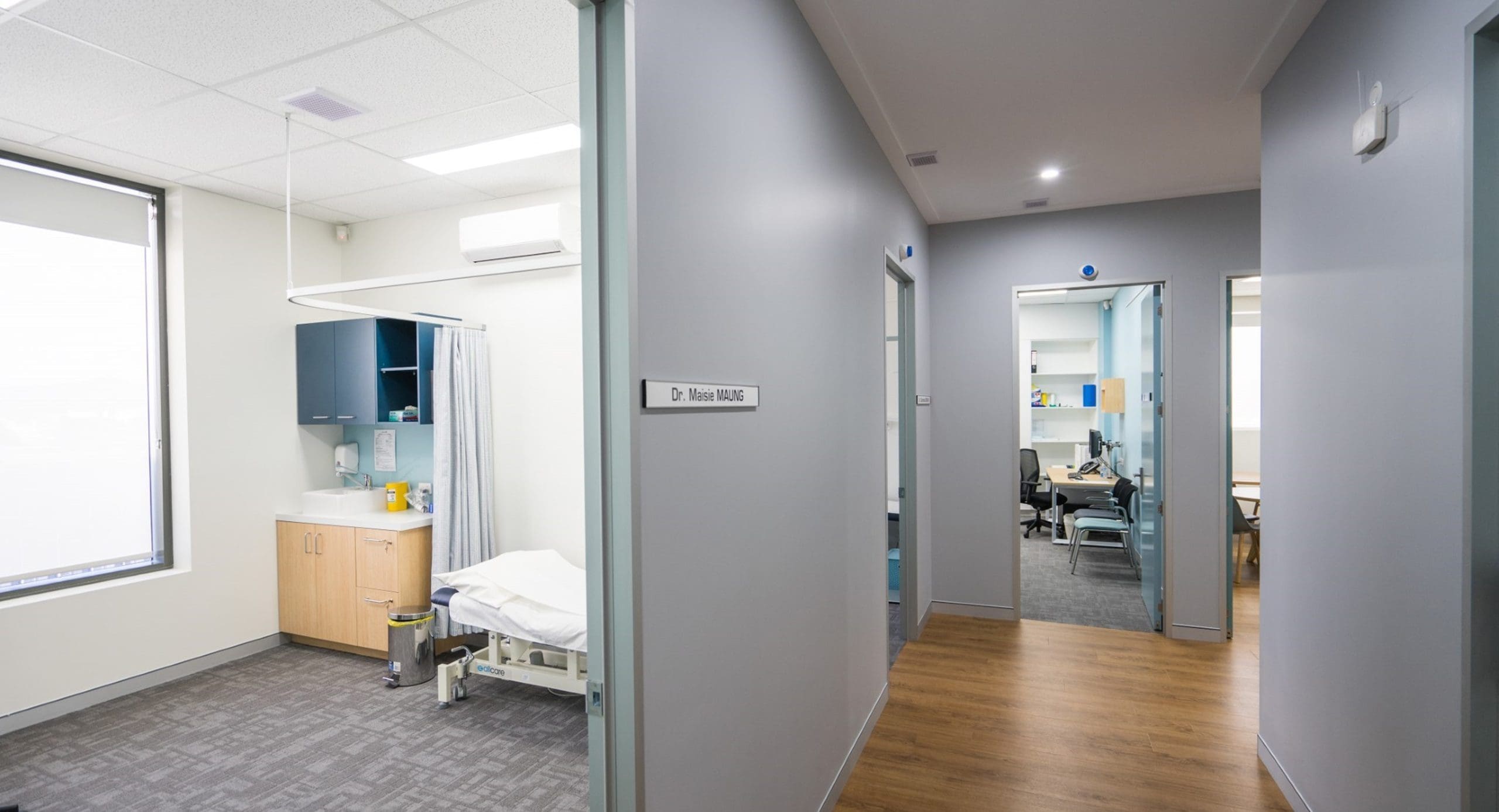The Future of Medical Design in Australia: Emerging Technologies and Trends
- Posted on:
In recent years, Australia has become a hotbed of healthcare innovation, with a growing emphasis on the role of design in transforming medical environments, devices and systems. As healthcare challenges become more complex and patient needs more personalised, the importance of intelligent, human-centred medical design is only growing. Across public hospitals, private clinics and medical research centres, a new generation of solutions is emerging. Solutions that are reshaping how healthcare is delivered and experienced.
From advanced imaging and diagnostics to immersive rehabilitation and connected care, medical design in Australia is entering a transformative era. Driven by rapid technological developments and a spirit of collaboration, designers, engineers, clinicians, and researchers are working together to improve patient outcomes, support clinicians and make healthcare more responsive, accessible, and efficient. The integration of new technologies with well-considered, functional design is redefining possibilities across the sector and positioning Australia as a global leader in this space.
Emerging Technologies Shaping Australian Medical Design
Australia is at the forefront of medical innovation, and much of this progress is powered by emerging technologies that are already redefining what’s possible in medical design.
Artificial Intelligence (AI) and Machine Learning
AI is no longer a futuristic concept, it’s now embedded in diagnostic systems, imaging analysis, and personalised care plans. In Australia, AI is being used to detect diseases such as cancer earlier and more accurately. Local companies and research institutions are developing AI-driven medical devices that assist clinicians in decision-making, reduce diagnostic errors and offer tailored treatment recommendations based on real-time data.
3D Printing and Additive Manufacturing
Once considered niche, 3D printing is now a cornerstone of medical manufacturing in Australia. Custom implants, prosthetics, and surgical guides are being produced with unprecedented speed and precision. Australian innovators have created world-first solutions, including biocompatible bone replacements and patient-specific anatomical models for complex surgery. This level of customisation improves fit, reduces surgical time and enhances recovery.

Virtual and Augmented Reality (VR/AR): VR and AR technologies are transforming both patient care and professional training. In surgical planning and education, VR allows practitioners to rehearse procedures in 3D environments. AR is being applied in live surgery for enhanced precision and navigation. In rehabilitation, immersive VR programs developed in Australia are helping patients recover cognitive and motor function in engaging and effective ways.
Nanotechnology and Biomaterials: Australia’s research community is making impressive strides in nanomedicine. Developments in drug delivery systems using nanoparticles are enabling targeted therapies with fewer side effects. Local breakthroughs in biomaterials are paving the way for tissue engineering and smart wound care products, combining function with biocompatibility and safety.
Wearable Devices and Remote Monitoring: From heart rate and glucose monitors to advanced multi-sensor systems, wearables are helping patients take control of their health while providing clinicians with continuous, actionable data. Several Australian startups and medtech companies are innovating in this field, designing wearable devices tailored to local healthcare needs and regulatory requirements.
Point-of-Care Diagnostics: Portable diagnostic tools are helping clinicians deliver faster, more efficient care, particularly in remote and underserved areas. Australian-designed devices are enabling quicker detection of infectious diseases, cardiovascular conditions, and metabolic issues, supporting early intervention and reducing pressure on centralised testing systems.
Telehealth and Remote Healthcare Technologies: The pandemic fast-tracked the acceptance of telehealth and Australia has responded with intelligent design that supports remote consultations, digital health monitoring, and virtual care delivery. Interite Healthcare has been involved in designing spaces and systems that support hybrid healthcare models, allowing technology to enhance, rather than replace, the human connection.

Trends Influencing the Future of Medical Design
Several broader trends are also guiding the evolution of medical design in Australia:

Personalised Medicine
The shift towards tailored treatments is driving demand for flexible, adaptable medical devices and systems. Medical design is now more focused on adjusting to individual patient profiles, integrating genetic, behavioural, and lifestyle data into treatment pathways.
Human-Centred Design
Empathy is at the heart of great design. Modern medical products and environments are increasingly being shaped by input from those who use them—patients, carers, and clinicians. This approach ensures that solutions are intuitive, inclusive, and supportive of real-world healthcare challenges.
Sustainability
Eco-consciousness is influencing design decisions across the industry. From re-usable device components to energy-efficient healthcare spaces, the emphasis is on reducing environmental impact without compromising performance or safety.
Data Security and Privacy
As devices become more connected, protecting patient information is a top priority. Australian medical designers are incorporating robust security protocols and user-first data consent models to ensure privacy and compliance with regulatory standards.
The Australian Context: Leading with Innovation
Australia’s position in global medical design innovation is underpinned by its strong research and development sector. World-class universities, hospitals, and research institutes are actively driving progress, supported by government-backed initiatives and growing private investment.
Collaboration across sectors is another strength. Partnerships between clinicians, manufacturers, designers, and tech companies are allowing ideas to move quickly from concept to prototype to implementation. Programs such as the Medical Research Future Fund (MRFF) and grants from the Therapeutic Goods Administration (TGA) are supporting projects that might otherwise struggle to gain traction.
Regulatory clarity from the TGA also plays a critical role, ensuring that innovation doesn’t come at the expense of safety or efficacy. These frameworks support high standards while allowing room for creative thinking and technological exploration.


A Look Ahead
The future of medical design in Australia is bold, responsive, and deeply human. Emerging technologies are enabling smarter tools and systems that support not just treatment, but prevention, wellbeing, and connected care. Australia’s unique strengths—its collaborative ecosystem, research excellence, and design ingenuity—position it to lead the world in how healthcare is shaped and delivered.
The potential is immense: from AI-assisted diagnoses in rural clinics to custom-printed implants designed overnight, from immersive rehab programs to zero-waste devices. These advancements are not just visions of the future, they’re happening now.
Ready to create a patient-centric medical space?
Contact us today for a free consultation for expert insights and practical tips.